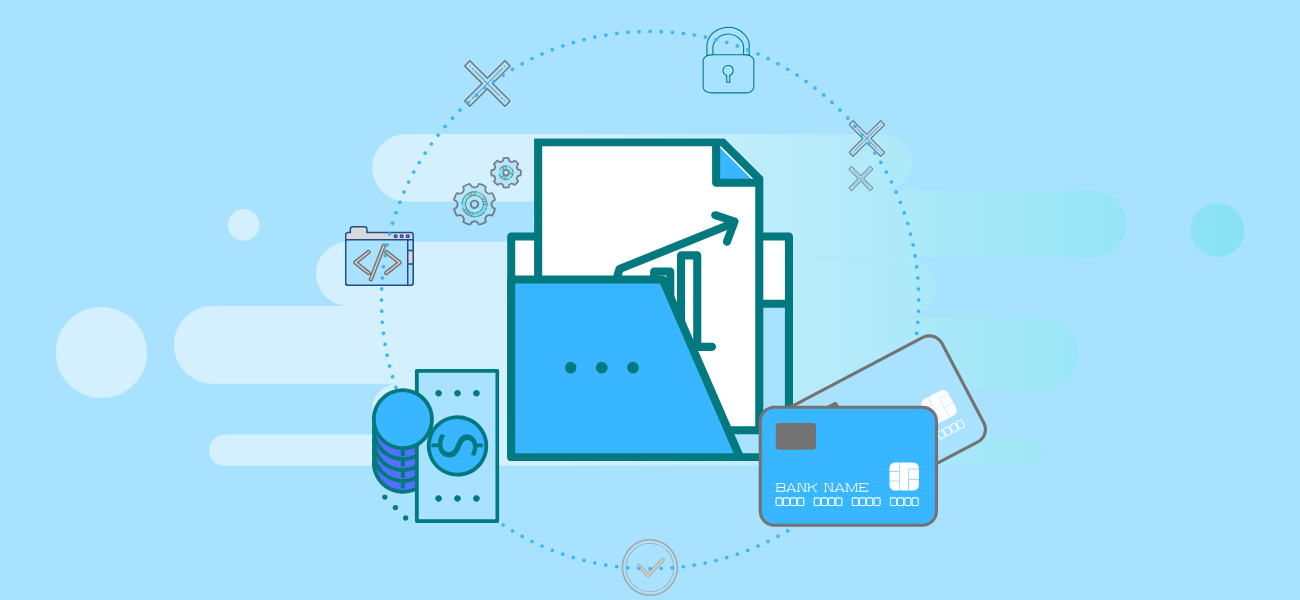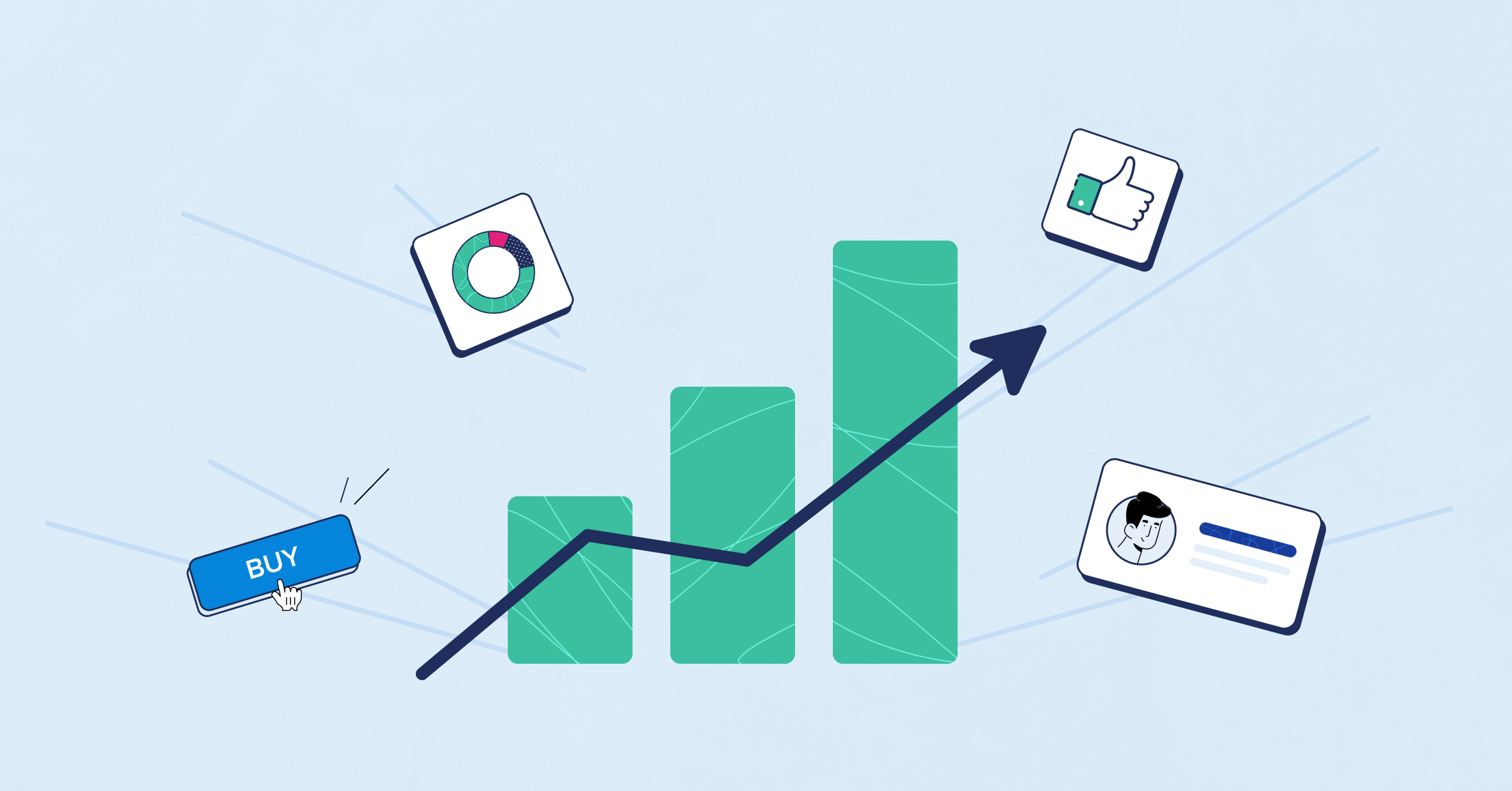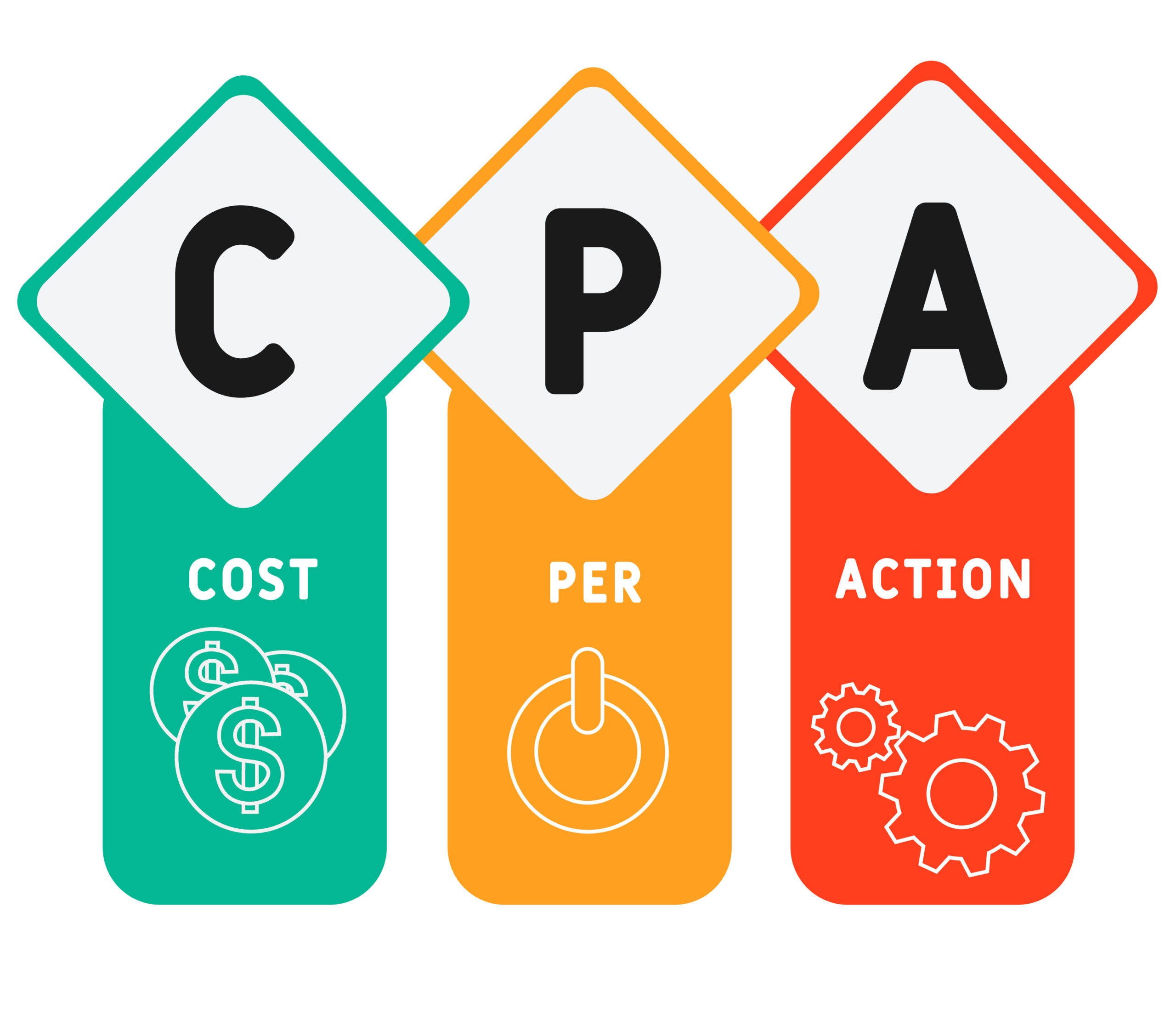Let’s say a
Popular Cooking Blogger Named Amanda
Let’s say a popular cooking blogger named Amanda (our affiliate in this story) has a healthy following of YouTube subscribers and blog readers.
She learned how to start a blog to make a living in her kitchen—trying new recipes and recommending specific brands and products to her audience.
After developing a guest blogging strategy, increasing web traffic, and building a cult following, her cooking crowd is eager to buy the next kitchen gadget she recommends.
Then we have our example business, myfoodsteam.
myfoodsteam manufactures high-quality kitchen gadgets – from cutting boards and measuring cups, to professional mixers and food processors. They’re looking to expand their marketing reach and would love to take advantage of Lisa’s audience of budding chefs.
A CPA marketing network brings Lisa and myfoodsteam together.
Ecommerce businesses like myfoodsteam utilize CPA networks to find and partner with influencers like Lisa.
Influencers like Lisa, who want to make money doing what they love and engaging their audience, can turn to CPA networks to find companies that want to pay her to use and promote their products.
Lisa sends her audience to the business’ website and makes a commission on each sale or lead conversion.
In turn, myfoodsteam makes money from Amanda’s referral traffic.
The network brings them together and the audience gets to try new products and learn about emerging brands. It’s a win-win.
Quos recusandae dolore, consequuntur nemo hic nisi perferendis. Vel praesentium magnam architecto delectus blanditiis doloremque, deleniti aperiam ab adipisci!













